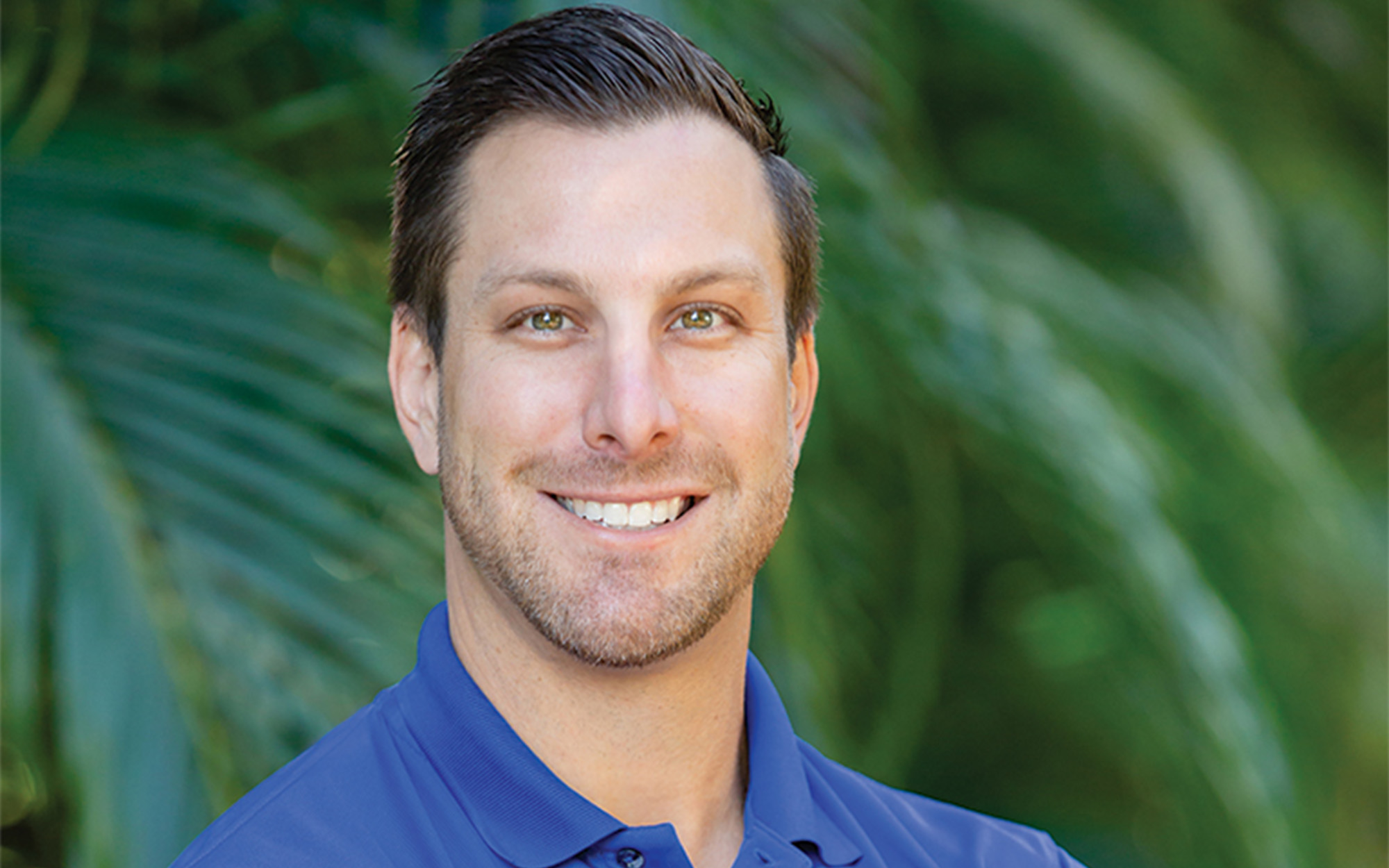For enterprising community banks, there isn’t one path to growth, but many. While some banks may choose to grow organically by launching a new line of business or expanding into new markets, others are charting a path to growth by acquiring nonbank companies.
Community banks can reap several benefits from these acquisitions of nonbank companies like fintechs, wealth management firms, mortgage and credit card originators, and other entities. Chief among them is the ability to raise fee income without affecting their balance sheet, which makes these acquisitions very return-on-equity-friendly, according to Marty Mosby, director of bank advisory and strategic services for Vining Sparks, exclusive broker-dealer to ICBA.
“There are lots of complementary businesses that banks can roll into now, and technology is bridging the gap to make these kinds of acquisitions easier.”—Marty Mosby, Vining Sparks
“Nonbank acquisitions don’t require a lot of capital, so you don’t have to use the balance sheet,” he says. “They give community banks a new line of business they can build out to boost fee income. There are lots of complementary businesses that banks can roll into now, and technology is bridging the gap to make these kinds of acquisitions easier.”
Shrinking net interest margins have also made nonbank acquisitions more attractive for community banks today, according to Greyson Tuck, an attorney and consultant with law firm Gerrish Smith Tuck in Memphis, Tenn. “With net interest margins so low, most community banks are looking for other avenues to increase profits,” he adds.
Despite the economic rebound, Tuck says there are still a lot of unknowns for community banks. “We may not have felt the full effects of the pandemic yet,” he adds. “Acquiring a nonbank provides much-needed diversification that enables banks to do more than just take deposits, make loans and live off the spread. If one line of business is suffering, there are other lines the bank can rely on to generate revenue and profits.”
Mosby points to statistics indicating that community banks are doing a better job of growing fee income than large banks. He attributes this, at least in part, to the trend of community banks partnering with and acquiring nonbanks.
“Fee income growth for community banks was 11% in 2019 compared with 5% for large banks,” he says. “[In 2020], it was 6% for community banks and flat for large banks.”
Achieving tech autonomy
This past September, $1.1 billion-asset Horicon Bank in Horicon, Wis., completed such a deal when it acquired fintech firm Monotto.
“We had done as much as we could with our current vendor set of technology and realized that we needed some fintech help if we wanted to take our technology to the next level,” says Mark Nelson, senior vice president, chief information officer and chief operations officer at the community bank. “The acquisition of Monotto puts us in control of our own destiny technology-wise and moves us closer to our goal of technological autonomy.”
Monotto’s mission was to improve financial literacy and planning for millennials, says Christian Ruppe, who led the fintech and joined Horicon Bank as vice president and digital banking officer after the acquisition. One of the company’s key products, RoboSave, is an automated savings tool that uses artificial intelligence to identify how much money customers can save daily. It then automatically moves this amount into a savings account every few days, making adjustments in concert with the customer’s financial situation.
“This is the product that initially caught our eye,” Nelson says. “As we got to know more about Monotto, Christian and their leadership team, we began to see that an acquisition might make sense for both of us.”
“It takes different perspectives and experiences to offer the products and services that are right for your customers. Sometimes, banks need to go outside of the industry to get these perspectives.”—Christian Ruppe, Horicon Bank
During the pandemic, Horicon Bank launched KindMoney, a digital banking channel that takes what it calls a “principled approach to stewarding money and helping others.”
“Monotto’s contributions to and vision for KindMoney were another important factor in our decision to acquire them,” says Fred C. Schwertfeger, senior vice president and chief communication officer at Horicon Bank. “Their expertise is really going to help us grow our digital banking channel.”
The acquisition is also helping the community bank improve internal operations. For example, Monotto’s technology is improving the analytics of customer transactions, and it will play a pivotal role in the bank’s new customer relationship management (CRM) system.
“It takes different perspectives and experiences to offer the products and services that are right for your customers,” Ruppe adds. “Sometimes, banks need to go outside of the industry to get these perspectives, which is one of the things Horicon Bank did when acquiring Monotto.”
Sunflower Bank’s successful nonbank acquisition
This past September, $5 billion-asset Sunflower Bank headquartered in Denver acquired the 18-person trust and wealth advisory business of CIT Bank and merged it with its existing wealth management team in Scottsdale, Ariz.
“We’re primarily an organic-growth bank, but this group fit well within our geographic footprint and skill capabilities,” says Sunflower Bank chairman Mollie Carter. “Wealth management is a big need for our clients, and they have high expectations, so the deal made a lot of sense for us.”
Mike Winkel, head of Sunflower Bank Wealth Management, says the community bank was able to bring on high-quality staff by acquiring the CIT team. The other benefit was an $800 million boost to Sunflower Bank Wealth Management’s assets under administration, which brought its total to nearly $2 billion. “This team fits nicely with the wealth management team we’re building in Scottsdale, and the acquisition gave us the additional heft we wanted,” Winkel says.
Carter says Sunflower Bank did a lot of due diligence work upfront to make sure that the new employees and the systems would “mesh well” together. “This is critical, because clients will be impacted during the conversion process. There’s no way around it,” she says. “We wanted to make sure we could serve our new clients in the manner they expect.”
Winkel says it’s important for a community bank to make sure it really understands the products and services offered by the nonbank firm and that it’s well equipped to deliver them. “There might be different words and terminology used [to describe what you both offer], so be prepared for this,” he adds.
The deal not only benefited the community bank but CIT Bank’s clients, too, as they gained access to Sunflower Bank’s private banking offering. “This makes the acquisition beneficial for all the stakeholders,” Carter says, “which is what you’re really hoping for.”
Benchmark Bank goes after deals
Early this year, Benchmark Bank in Plano, Texas, completed its acquisition of a wealth management firm in Waco to beef up its wealth management presence.
Benchmark Private Wealth Management, the wealth management division of the nearly $1 billion-asset community bank, which started offering wealth management services six years ago, decided to acquire Ferguson Wealth Management in Waco, Texas.
The deal quickly grew its assets under management (AUM), says Jonathan Filgo, the community bank’s CEO. The acquisition grew Benchmark Private Wealth Management’s AUM from about $350 million to about $500 million. “Organic growth is fine, but there are lots of opportunities today to acquire established wealth management firms with solid customer bases,” Filgo says. “The higher your AUM, the easier it is to get an audience with certain clients like family foundations.”
Offering wealth management services makes a lot of sense for Benchmark Bank because of its wealthier customer base.
The community bank has made other deals in the past. For example, in 2007, Benchmark Bank also acquired a correspondent lending group in Monroe, La., which it eventually sold.
Challenges to consider
Need to get up to speed on M&A trends?
ICBA’s Community Banker University offers a virtual four-course Mergers and Acquisitions (M&A) Bundle that will give you practical advice about risk management strategies and how COVID-19 has changed the M&A environment. Visit icba.org/education to purchase a single course or the entire bundle.
Acquiring a nonbank company can present several challenges for community banks, including dealing with additional regulatory requirements. Regulators have a variety of rules limiting what community banks and their holding companies can own, invest in and control, as well as what they do with nonbank businesses.
For example, Filgo says Benchmark Bank had to start regularly reporting to the U.S. Securities and Exchange Commission after it began offering wealth management services. Its state’s department of insurance also regulates its title business.
In addition, these deals can turn community banks into different kinds of businesses, legally speaking. After it acquired a fintech, Sunflower Bank was labeled a software developer, Nelson says, which subjects it to new regulatory guidelines.
Mosby stresses that community banks should also understand how to manage the different kinds of risk present in the business they acquire.
“Banks know how to manage credit and interest rate risk, but nonbanks present other kinds of financial risk,” he says. “For example, how volatile is the revenue stream? Is it cyclical or seasonal? What are the main drivers and catalysts of revenue? And is there a fixed base of expenses like with a wealth management firm or are expenses variable like with mortgage banking?”
The fiduciary responsibilities and liabilities can also be significant, Mosby adds, especially when acquiring a wealth management firm.
Culture clash?
Merging the potentially very different cultures of a community bank with that of an acquired nonbank is another challenge to a successful deal.
“Managing these cultures while facilitating the cross-selling and cross-pollination you want to achieve with a nonbank acquisition can be tricky,” Mosby says.
“We’re big on culture at our bank,” Filgo says, “so we look for people with a like-minded approach to ours in businesses we seek to acquire. If you don’t have a good feeling about the people or the culture, don’t force it, because a culture fit is really important.”
Even if the cultures mesh well, community banks need to assess if a deal makes sense from a business perspective. “It’s one thing to say you’re going to acquire a fintech business, but making it work can be difficult if you don’t have any experience in this area,” Tuck says. “This is the biggest mistake I see: forcing an acquisition when a bank really shouldn’t be in the business because it doesn’t understand it well enough.”
It comes down to risk management. “How much risk are you willing to take in acquiring a business you don’t fully understand?” Tuck says. “And once you identify an acquisition target that fits your risk profile, how willing are they going to be to sell to you? It takes two willing participants to complete an acquisition.”
According to Nelson, it’s not a matter of if but when you’re going to encounter obstacles during a nonbank acquisition.
“We changed directions many times during our acquisition of Monotto,” he says. “You need to be flexible and persistent and figure out a way to get it done.”
7 tips for successfully acquiring a nonbank business
If your community bank is weighing the acquisition of a fintech, wealth management firm or another nonbank entity, here are a few tips to keep in mind.
Determine how the acquisition fits into your overall strategic plan. If it doesn’t clearly fit into the plan, consider whether it’s worth it to proceed.
Figure out how the acquisition is going to benefit your bank and its shareholders. For example, will the deal provide the appropriate return on investment, expand your existing customer base or enhance your business operations?
Determine how you will manage the acquired business on an ongoing basis. Build a plan for retaining the company’s key employees, who will be critical to a smooth transition.
Make sure you understand the business well enough to manage it profitably. Or, if your bank doesn’t have that expertise, determine who you plan to hire or retain.
Ensure that there will be a good cultural fit between the two organizations. Community banks are close-knit with their customers and communities, so the culture of an organization based outside of the area or with a dissimilar customer base may be different.
Anticipate and plan for new regulatory requirements or guidelines. Financial regulators are strict about the kinds of activities banks and bank holding companies can engage in. After a deal, your community bank may need to work with new state and/or federal regulators.
Stay focused on your community bank’s customers—and the acquired customers. How will the acquisition benefit both groups?





